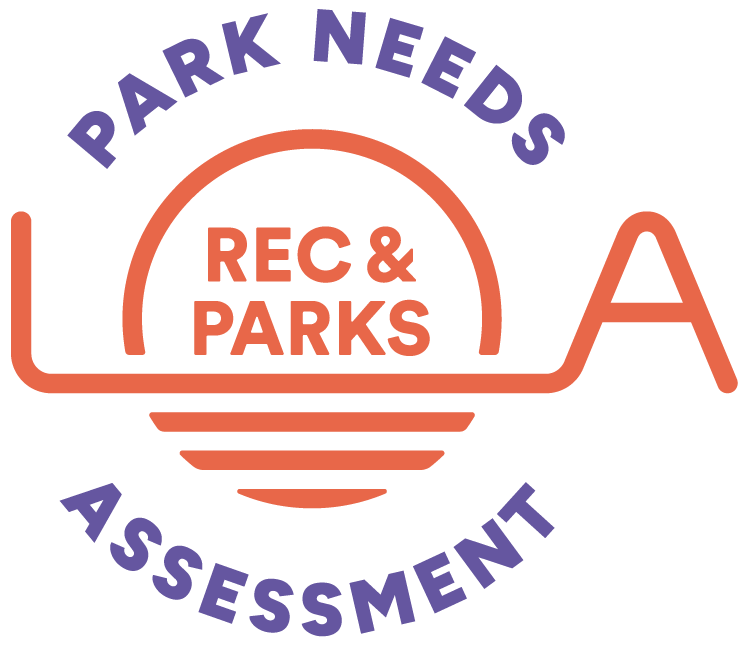Prioritize the environmental sustainability of built elements through low-impact design principles.
Given that architectural elements serve to support the park, they should contribute meaningfully to both the landscape and the community through the application of passive design strategies and established sustainable practices. Where feasible, various design solutions—such as solar energy systems, green roofs/walls, natural ventilation, optimized site orientation, and rainwater harvesting—should be integrated early in the design process to maximize environmental performance and long-term benefit.
Embed sustainability in both the construction phase and the final built form of architectural elements.
The construction process of new architectural elements should also be guided by a commitment to environmental sustainability, including the implementation of a comprehensive construction waste management plan, the reuse of salvaged materials, the minimization of site disturbance, and the adoption of design/construction methods that support future adaptability and ease of disassembly. The architect, landscape architect, engineers, and construction team should closely collaborate to determine which sustainable practices will be most
effective on each project. When possible, prioritize carbon neutral construction methods.
